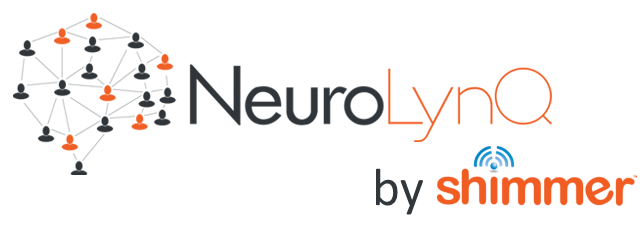Qualitative Case Study
SHIMMER’S FAVORITE SUPER BOWL COmmERCIALS
The Shimmer team organised an exciting experiment here Shimmer HQ. We wanted to test out the emotional response of an audience to advertising. So we gathered the team, strapped on our Shimmer NeuroLynQ sensors, and sat down to watch the best and the worst of 2017’s Super Bowl commercials.
NeuroLynQ can be used on many types of audience scenario's
Background
Every year organisations are spending upwards of $5 million on a 30 second advertising slot during the Super Bowl. Add to this the production costs and the costs of promoting the commercials prior to and post-Super Bowl, and you’re looking at an eye-watering investment. But how do companies and advertisers really know what kind of material their audiences are going to engage with? Businesses are constantly looking for new insight into why customers behave the way they do, what they like, and what can turn them off a brand entirely.For years marketers and market research companies have utilised focus groups, surveys, questionnaires, interviews and ethnographic research to attempt to determine the kind of advertising that consumers are really connecting with, however gaining quantifiable and unbiased results from these techniques has been a constant struggle.
The Study
8 members of the Shimmer team were watching a number of 2017 Superbowl commercials (by Kia, Mr Clean, Wargaming and KFC) all while having thier GSR and heart-rate data monitored and collected by team of experienced engineers. Our engineers were able to track the groups’ response to the commercials live within the NeuroLynQ software. An algorithm within the software derives a group metric from each individual’s data so they could observe the general trend of the whole group in addition to the individual data from each participant
The Solution
NeuroLynQ – a Shimmer solution developed with neuromarketers in mind, which measures the emotional response (by tracking heart-rate and galvanic skin response) of a large group of people to a stimulus. An algorithm within the software derives a group metric from each individual’s data so they could observe the general trend of the whole group in addition to the individual data from each participant.
Quick summary of the data:
- The general trend of the audience suggested that Kia’s commercial featuring Melissa McCarthy was the most visually engaging for the audience on the whole
- There was also a spike in engagement among most of the audience during the Mr. Clean commercial
- The highest positive peak for the audience as a whole was towards the climactic end of Kia’s commercial.
- The lowest positive peak for the group occurred during KFC's commercial
- Heart rates for each individual participant tended to rise before each of the videos started – possibly signaling anticipation
Shimmer audience for 'In House' Trial NeuroLynQ Software
NeuroLynQ Software
A single team members data
Mr. Clean has still got it
The Results
Looking at a single team member’s data from the experiment (left) – we can observe the moments when her interest piques, as well as when it began to wane. This participant’s data shows a significant rise in GSR during the first commercial shown – the Kia commercial. Spikes in the data correspond with climactic moments within the commercial. A considerable GSR spike can also be observed during the Mr. Clean commercial, hitting a definite peak as the commercial’s protagonist appears and struts his stuff. The data shows that this Shimmer team member’s interest was spiked about 14 times in total over the course of the experiment, about 6 of these being significant peaks. The third and fourth commercials shown displayed a continuous decline in engagement, not just from this team member but from the group as a whole.
The experiment concluded with a brief interview with members of the team about their favorite commercials from the four shown. Our engineers then analysed the data to see whether our perceived enjoyment of each commercial correlated with our emotional response data.
3 key Take aways
1. Heart rate and GSR data are both great tools for measuring emotional response data, providing a simple way to observe peaks and troughs in engagement.
2. Neuromarketing tools may prove invaluable to marketers and market researchers as research participants are often not entirely honest or even aware about their true response to advertising.
3. Mr. Clean has still got it



